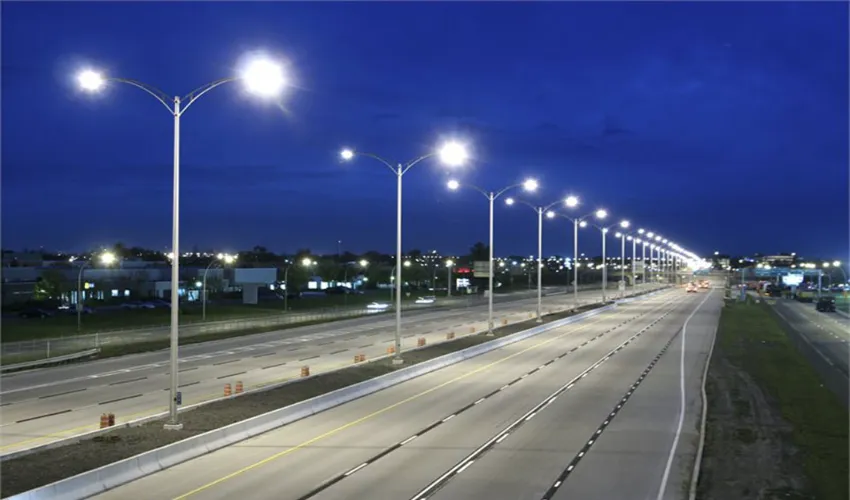Street Light Control is an essential aspect of urban infrastructure management. Effective control systems ensure energy efficiency, cost savings, and enhanced safety for pedestrians and drivers alike. In this guide, we will delve deep into street light control systems, exploring their functioning, benefits, and the latest technological advancements.
Street Light Control Systems: An Overview
Street light control systems are integral to modern urban infrastructure management. These systems employ various technologies to manage and regulate street lighting effectively.
How Street Light Control Systems Work
Street light control systems utilize sensors, timers, and communication technologies to regulate lighting. These systems can automatically adjust light intensity based on factors such as ambient light levels, time of day, and traffic density.
Benefits of Street Light Control Systems
- Energy Efficiency: By adjusting light intensity based on real-time conditions, street light control systems significantly reduce energy consumption.
- Cost Savings: Efficient energy usage leads to reduced electricity bills and lower maintenance costs.
- Enhanced Safety: Well-lit streets contribute to improved safety for pedestrians and drivers, reducing the risk of accidents and crime.
Latest Technologies in Street Light Control
- Smart Grid Integration: Street light control systems can be integrated into smart grids, allowing for centralized monitoring and control.
- IoT-enabled Solutions: IoT technology enables remote monitoring and control of street lights, providing real-time data for analysis and optimization.
- Solar-powered Street Lights: Solar-powered street lights, combined with advanced control systems, offer a sustainable and cost-effective lighting solution.
Types of Street Light Control Systems
Photocell-based Systems
Photocell-based systems use light sensors to detect ambient light levels. These systems automatically turn street lights on or off based on the amount of natural light available.
Timer-based Systems
Timer-based systems rely on pre-programmed schedules to control street lighting. Lights are turned on and off at specific times, regardless of ambient light levels.
Motion Sensor-based Systems
Motion sensor-based systems detect movement in the vicinity of street lights. Lights are activated only when motion is detected, conserving energy when lighting is unnecessary.
Centralized Control Systems
Centralized control systems enable remote monitoring and management of street lights from a central location. These systems offer real-time insights and the ability to adjust lighting parameters as needed.
Challenges and Solutions in Street Light Control
Challenges
- Maintenance Issues: Street light maintenance can be challenging and costly, especially in large urban areas.
- Energy Waste: Inefficient lighting systems lead to energy waste and increased operational costs.
- Limited Visibility: Inadequate lighting poses safety risks for pedestrians and drivers, especially during nighttime.
Solutions
- LED Technology: LED street lights offer improved energy efficiency and durability, reducing maintenance costs.
- Smart Control Systems: Smart control systems optimize energy usage and enhance operational efficiency through real-time monitoring and adjustment.
- Predictive Maintenance: Predictive maintenance techniques help identify and address potential issues before they lead to system failures.
FAQs (Frequently Asked Questions)
What is street light control?
- Street light control involves the management and regulation of street lighting systems to ensure optimal performance and energy efficiency.
How do street light control systems work?
- Street light control systems utilize sensors, timers, and communication technologies to regulate lighting based on factors such as ambient light levels, time of day, and traffic density.
What are the benefits of street light control systems?
- Benefits of street light control systems include energy efficiency, cost savings, and enhanced safety for pedestrians and drivers.
What are the latest technologies in street light control?
- The latest technologies in street light control include smart grid integration, IoT-enabled solutions, and solar-powered street lights.
What are the different types of street light control systems?
- Street light control systems can be photocell-based, timer-based, motion sensor-based, or centralized control systems.
How can street light control systems help reduce energy consumption?
- Street light control systems adjust light intensity based on real-time conditions, significantly reducing energy consumption and operational costs.
Conclusion
Effective street light control is essential for ensuring energy efficiency, cost savings, and enhanced safety in urban areas. With the latest advancements in technology, street light control systems offer innovative solutions to address the challenges of modern urban infrastructure management.
